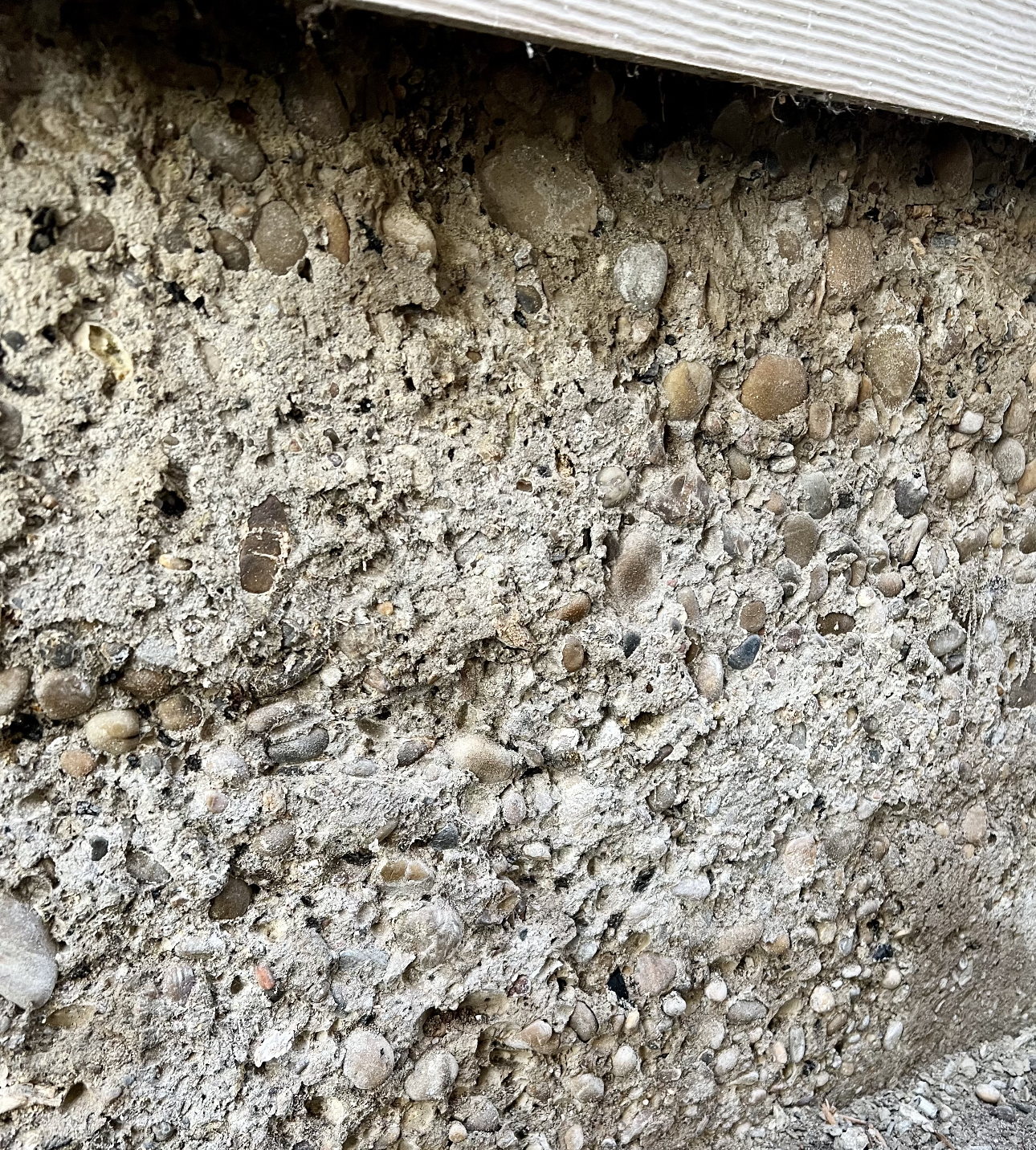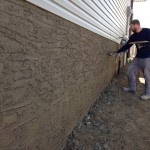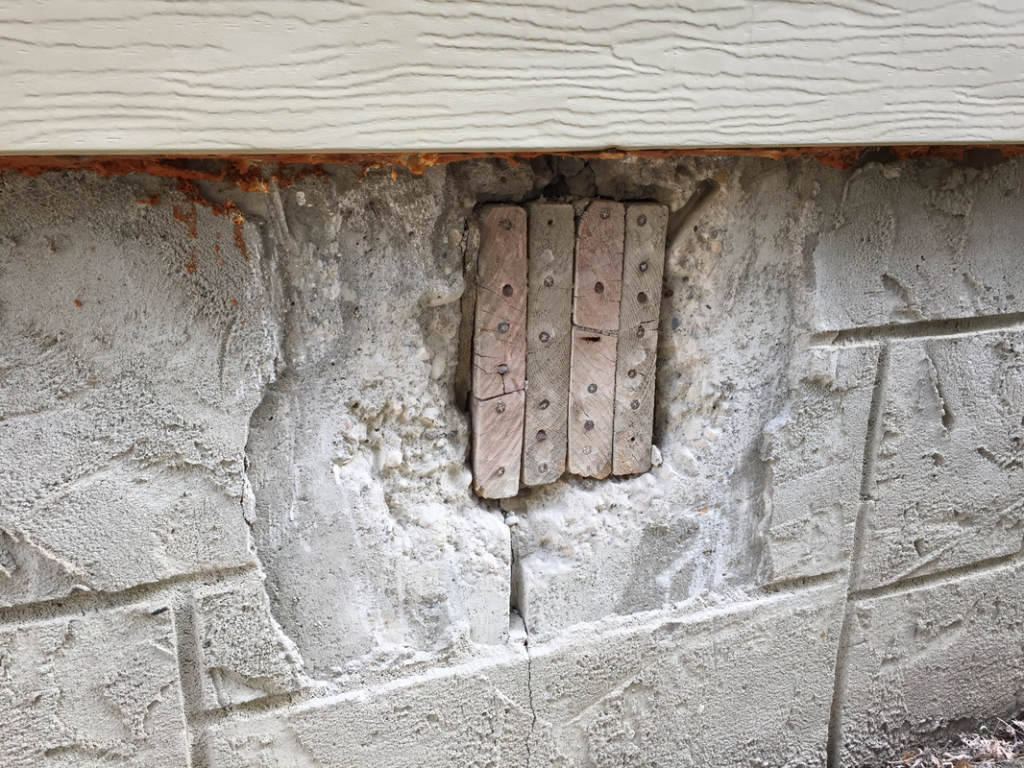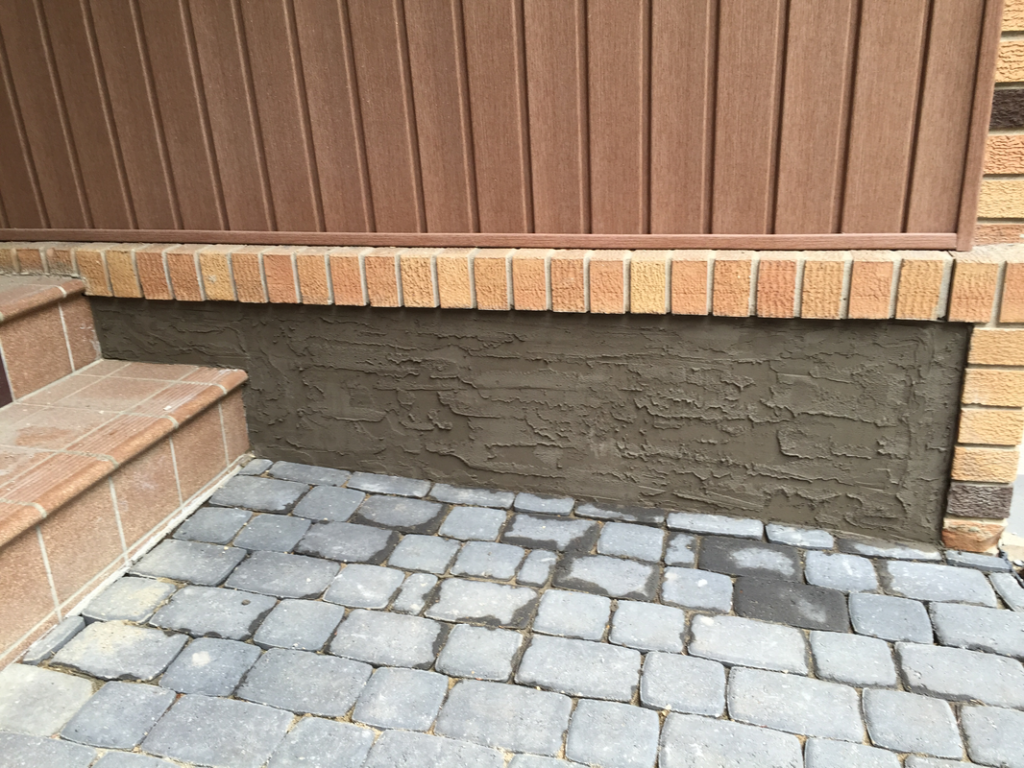 When it comes to parging a concrete foundation, homeowners and contractors often consider various materials to achieve a durable and aesthetically pleasing finish. Acrylic stucco is one option that has gained popularity due to its versatility and ease of application. However, while acrylic stucco offers certain advantages, there are compelling reasons why it may not be the best choice for parging a concrete foundation. In this blog post, we will explore some of the drawbacks associated with acrylic stucco and discuss alternative options that could be more suitable for this task.
When it comes to parging a concrete foundation, homeowners and contractors often consider various materials to achieve a durable and aesthetically pleasing finish. Acrylic stucco is one option that has gained popularity due to its versatility and ease of application. However, while acrylic stucco offers certain advantages, there are compelling reasons why it may not be the best choice for parging a concrete foundation. In this blog post, we will explore some of the drawbacks associated with acrylic stucco and discuss alternative options that could be more suitable for this task.
- Limited Breathability:
One of the primary concerns with acrylic stucco is its limited breathability. Unlike traditional cement-based stucco, acrylic stucco creates a non-permeable barrier that inhibits the movement of moisture between the foundation and the surrounding environment. This can lead to trapped moisture, resulting in potential issues such as mold, mildew, and water damage over time. The inability of acrylic stucco to allow moisture to escape can compromise the integrity of the foundation and affect its long-term durability.
- Lack of Flexibility:
Concrete foundations are subject to shifting and settling due to changes in temperature, moisture levels, and the natural movement of the earth. Acrylic stucco, although it can be initially flexible, tends to lose its elasticity over time. As a result, it may crack and develop unsightly fissures when exposed to these foundation movements. These cracks not only compromise the aesthetics but also create entry points for moisture, further exacerbating potential moisture-related issues.
- Difficulty in Repair:
When acrylic stucco does crack or sustain damage, repairing it can be challenging. The nature of this material makes it difficult to achieve seamless repairs, as blending new patches with the existing finish can be visibly challenging. In contrast, traditional cement-based stucco is easier to repair, as it can be matched more closely to the original texture and color.
- Limited Longevity:
Acrylic stucco tends to have a shorter lifespan compared to cement-based alternatives. While cement stucco can last for decades when properly maintained, acrylic stucco may require more frequent repairs and replacement due to its decreased durability. Over time, the costs associated with repairing or replacing acrylic stucco can outweigh the initial cost savings.
Alternatives to Consider:
Instead of acrylic stucco, homeowners and contractors can explore alternative options that offer improved breathability, flexibility, and longevity for parging concrete foundations. Some viable alternatives include:
- Cement-based Stucco: Traditional cement stucco is a time-tested and reliable choice for parging concrete foundations. It provides excellent breathability, flexibility, and durability, allowing the foundation to withstand natural movements and moisture without compromising its structural integrity.
- Lime-based Stucco: Lime-based stucco is another viable option that offers good breathability and flexibility. It is suitable for historic or older buildings where the use of lime-based materials aligns with the original construction methods.
Conclusion:
While acrylic stucco may have its advantages in certain applications, it is not necessarily the best choice for parging a concrete foundation. Its limited breathability, lack of flexibility, difficulty in repair, and relatively shorter lifespan make it a less desirable option for this task. Opting for cement-based stucco or lime-based stucco can provide superior performance and ensure the long-term durability of the foundation. When undertaking a parging project, it is crucial to consider the specific requirements of the foundation and select a material that can meet those needs effectively.



